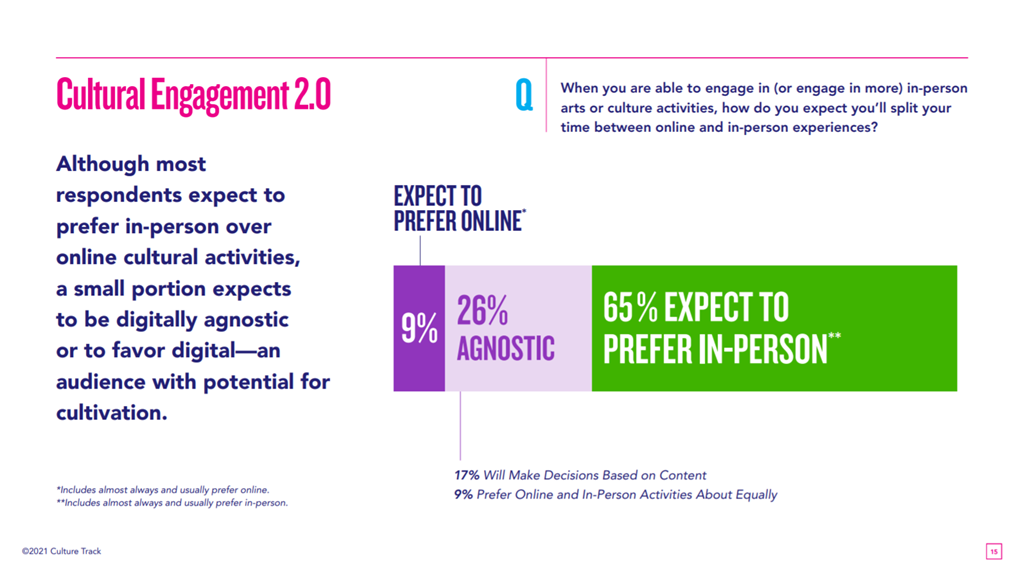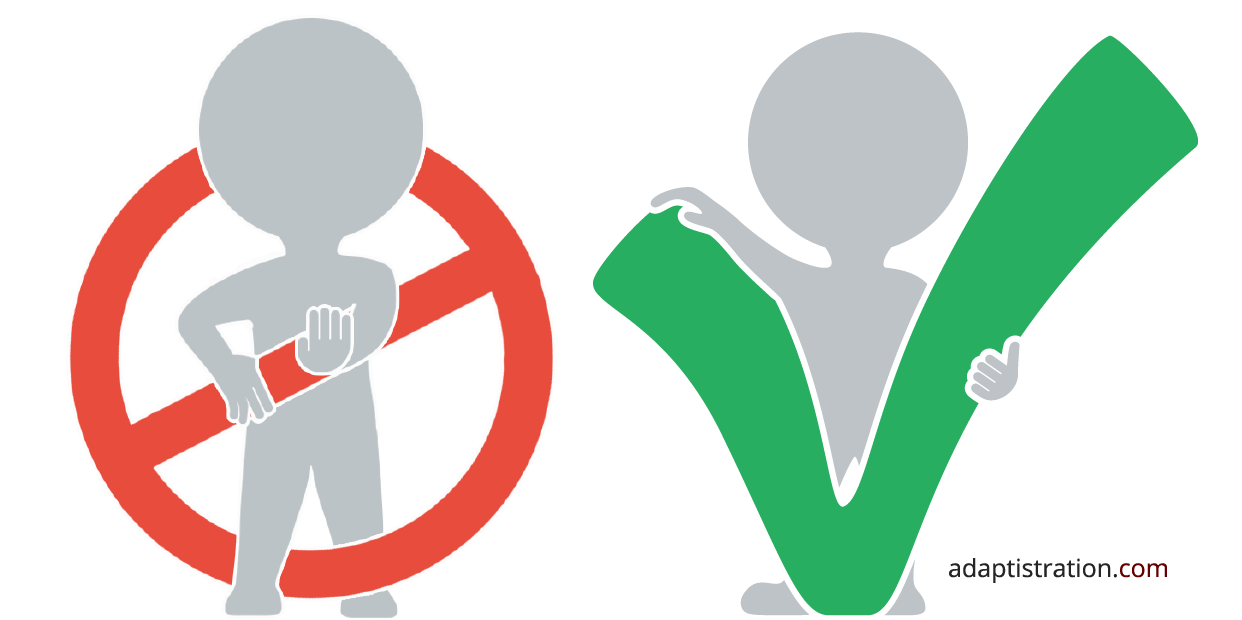The folks over at LaPlaca Cohen and Slover Linnet released the latest installment in their Culture Track series, Culture + Community in a Time of Transformation, and it’s filled with as much useful information as the initial installment. What’s especially useful is the decision to focus on underrepresented organizations in the previous report: “BIPOC-serving organizations, cultural organizations located in rural parts of the country, festivals (film, food, crafts, music), libraries, for-profit arts, and national and city parks.”
In addition to fielding Wave 2 of the quantitative Culture + Community study, we have also embarked on a qualitative exploration of the role of creativity, joy, belonging, and connection in the lives of Black and African American adults around the nation. This research involved in-depth, open-ended interviews with 50 individuals across the U.S., and took a humanistic and participant-guided approach to understanding how arts and culture work in participants’ lives and communities. A strategic activations report based on the findings from this research will be available at the beginning of 2022.
Here are the items that jumped out when I went through the report.
A Third Of Respondents Are More Receptive To Digital Content

While it’s no surprise that most respondents expect to gravitate toward in-person program activity, there’s a strong enough ratio willing to let content dictate whether they will engage with digital to dispel any digital content naysayers.
This is excellent news for arts orgs that invested in long term digital production capacity as it places them at the forefront of diversifying their earned income revenue stream and expanding potential engagement.
Digital Content Preferences Are Blurry

While there was no clear standout, respondents did prefer digital content that connected artists with audience directly. Neck and neck with that were podcasts, which is great news because podcasts offer fewer logistical challenges to produce compared to live streaming events.
While they were only eight percent lower, prerecorded and live stream performances were at the end of the preference list.
It’s also worth noting that the single most important value point respondents assigned to digital content is having fun.
From The Horse’s Mouth #FTW

When it comes to engaging digital content, individual artists and performers are cleaning organization’s clocks. 42 percent of respondents indicated they engaged most with digital content from individual artists and performances whereas museums came in at 27 percent and performing arts orgs tied with libraries at 17 percent.
I am very curious (read: hopeful) to see if there may be an opportunity here for performing arts orgs to empower their individual musicians and artists to generate content on their behalf.
To that end, while patrons haven’t embraced paid content to the same degree as in-person events, they are most likely to pay for content coming from individual artists.


